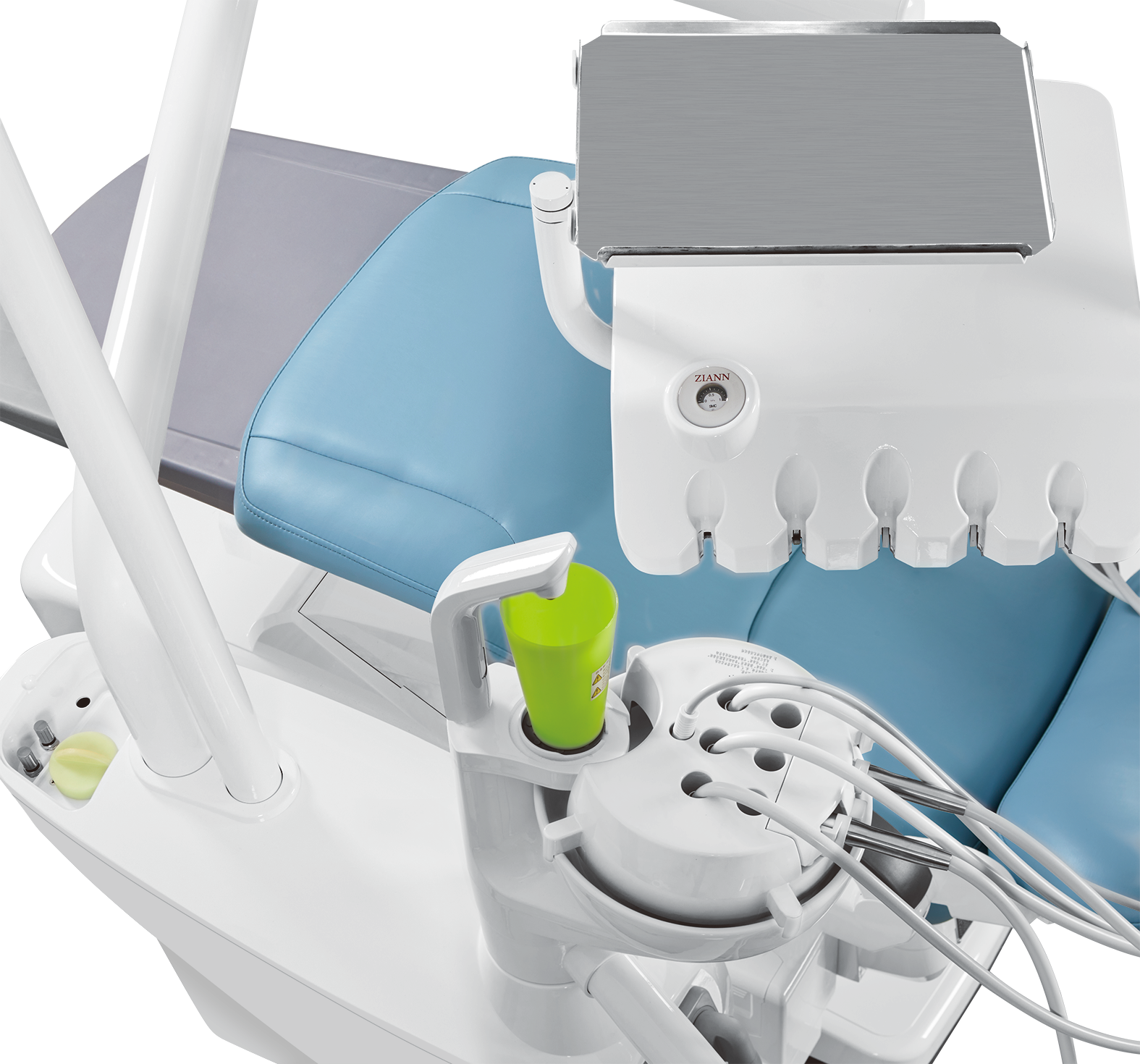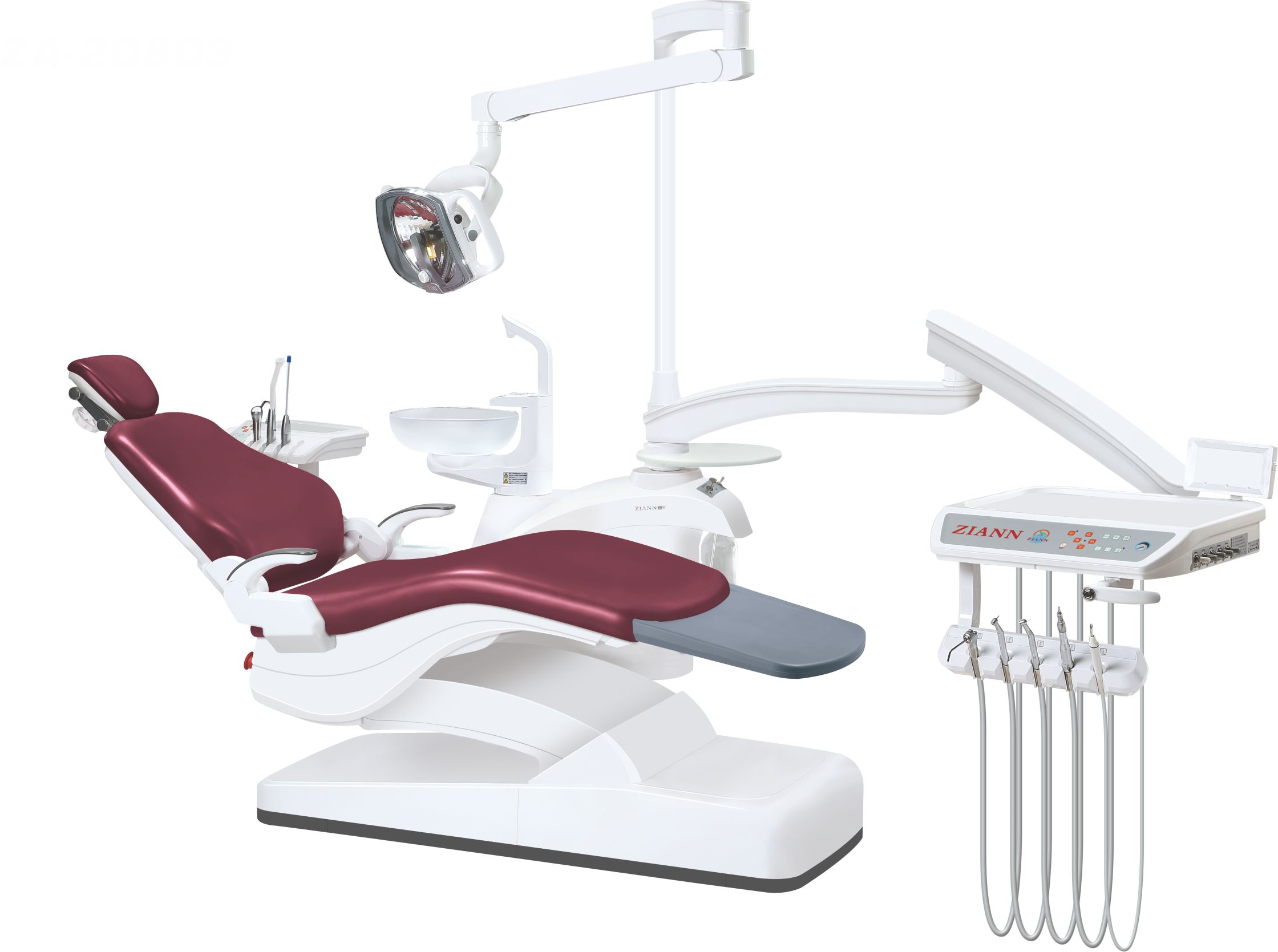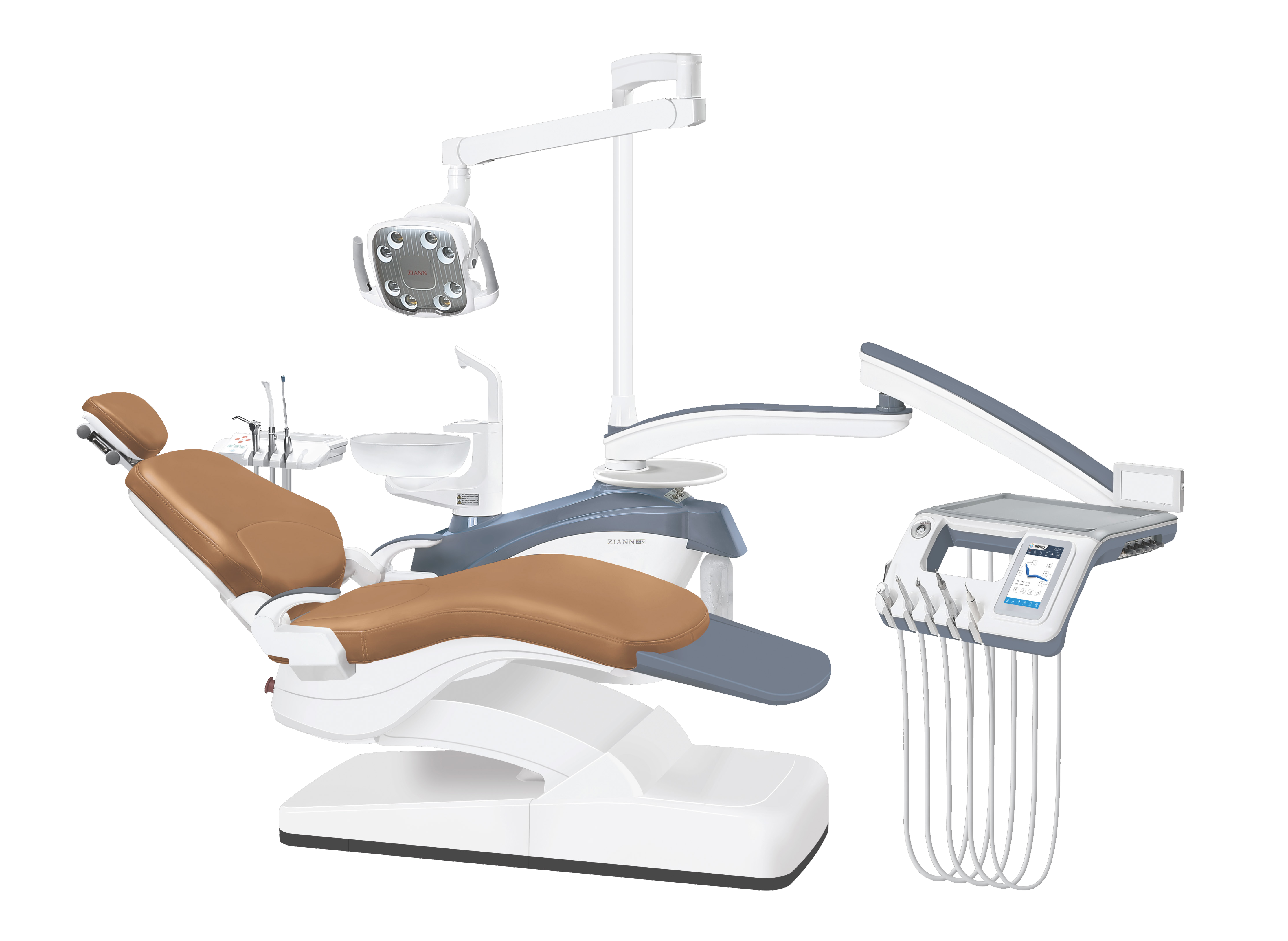In the modern dental care environment, ensuring patient safety is paramount. With the increasing number of dental procedures being performed daily, the risk of cross-contamination and infections becomes a significant concern. One of the most effective solutions to mitigate these risks is the oral digital disinfection unit. By leveraging advanced technologies, these units are changing how dental practices maintain hygiene and safeguard patient well-being.
For dental professionals and businesses seeking the best solutions to enhance patient safety and streamline operations, investing in high-quality oral digital disinfection units is a wise choice. Here's how these units work to elevate hygiene and provide a safer experience for patients.
1. Advanced Sterilization Technology
The foundation of patient safety in any dental practice lies in proper sterilization. Traditional sterilization methods often involve the use of chemicals or heat, which can be time-consuming and sometimes inconsistent. Oral digital disinfection units, however, utilize cutting-edge technologies like UV-C light or ozone treatment to effectively neutralize harmful bacteria, viruses, and fungi.
By incorporating these advanced sterilization technologies, dental practices can significantly reduce the likelihood of infection and ensure that every instrument is disinfected to the highest standards before it is used on patients.
2. Consistency in Infection Control
One of the challenges in maintaining patient safety is ensuring consistent hygiene standards across all instruments and procedures. Manual disinfection processes can vary depending on the operator, leading to the risk of overlooked contamination. In contrast, oral digital disinfection units are designed for precision and consistency.
These units follow strict, pre-programmed protocols for disinfecting instruments, ensuring that every tool undergoes the same rigorous sterilization process. This consistency is crucial for preventing the spread of infections as it eliminates the variability that can occur with manual cleaning methods. For dental businesses that supply these units, this consistency offers a reliable, long-term solution to infection control challenges.
3. Faster Turnaround Time for Equipment
Having a rapid sterilization solution is essential to maintaining a steady workflow and patient satisfaction. Traditional sterilization methods can be slow and may require dental tools to be offline for long periods, which disrupts practice efficiency.
Oral digital disinfection units are designed to disinfect instruments quickly, allowing dental practices to minimize downtime. Some units can sterilize multiple instruments at once, improving the overall efficiency of the practice. By reducing the time needed for disinfection, these units help dental professionals serve more patients each day while ensuring that hygiene and safety are never compromised. For distributors of dental equipment, offering this efficiency is a powerful selling point for businesses looking to enhance their operational efficiency.
Ziann Digital Disinfection Unit
4. Chemical-Free and Eco-Friendly
Patient safety extends beyond the instruments used in the procedure to include the materials that come in contact with them. Traditional chemical disinfectants can leave residue on dental tools, potentially posing a risk to patient health. Additionally, the use of harsh chemicals can have environmental implications for disposal and long-term sustainability.
Oral digital disinfection units offer a chemical-free alternative that significantly reduces environmental and health risks. With technologies like UV-C light or ozone, there is no need for chemicals or harsh cleaners, making the sterilization process safer for both patients and staff. This eco-friendly approach also appeals to businesses looking to reduce their environmental footprint and adhere to green initiatives, offering an additional layer of value to customers.
5. Cost-Effectiveness for Long-Term Use
While the initial investment in an oral digital disinfection unit may seem significant, the long-term cost benefits are considerable. Traditional sterilization processes often rely on disposable materials, such as chemical disinfectants, which can accumulate costs over time. In contrast, digital disinfection units are designed to be durable and long-lasting, reducing the need for disposable products.
Additionally, by improving operational efficiency and reducing the time spent on disinfection, these units help practices operate more cost-effectively. For businesses involved in the wholesale or distribution of dental equipment, these cost-saving features make oral digital disinfection units an attractive option for practices looking to invest in a high-quality, low-maintenance sterilization solution.
6. Custom Solutions for Larger Practices
For larger dental offices or networks with multiple locations, oral digital disinfection units offer scalable solutions. These units are available in various models and sizes, allowing practices to tailor their purchase to their specific needs. Whether it’s a small private clinic or a large dental network, these units can be customized to meet different operational requirements.
For businesses specializing in custom drop-shipping solutions or bulk distribution, this flexibility allows them to cater to a wide variety of dental practices, ensuring that each customer receives the ideal disinfection solution for their setup.
Conclusion
The oral digital disinfection unit is a vital tool for ensuring patient safety in dental practices. By offering superior sterilization, consistency, speed, and cost-efficiency, these units are transforming how dental practices manage hygiene. For businesses involved in providing dental solutions, promoting these advanced disinfection units can help meet the growing demand for high-quality, safe, and efficient dental care. By investing in these technologies, dental practices can enhance patient safety, improve operational efficiency, and stay ahead in the competitive dental industry.







